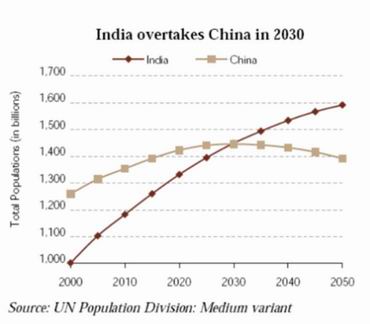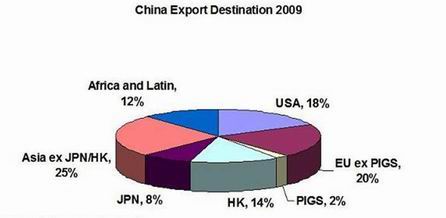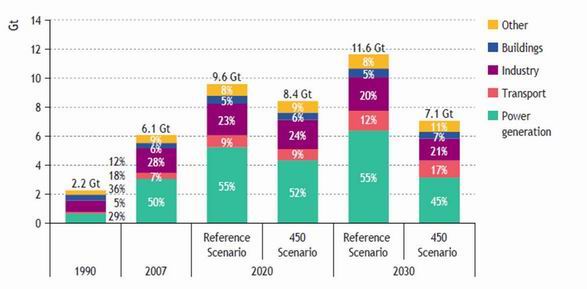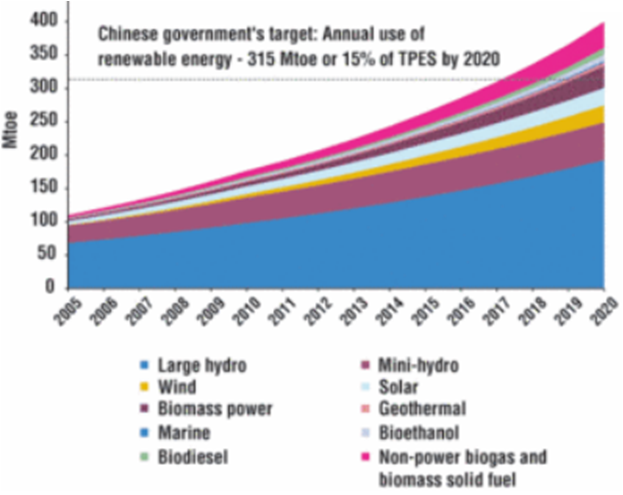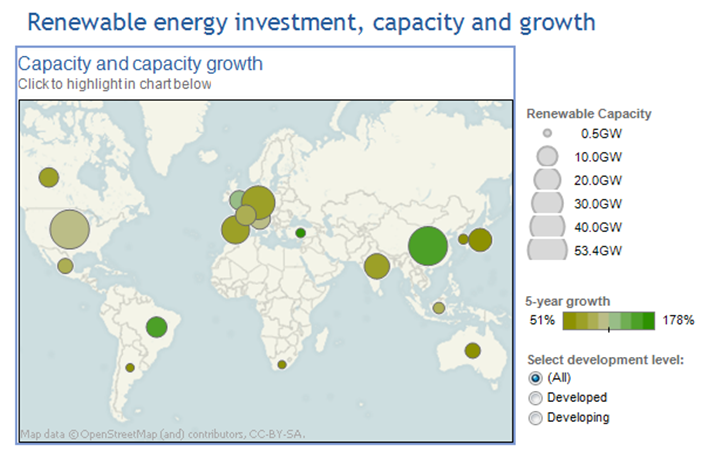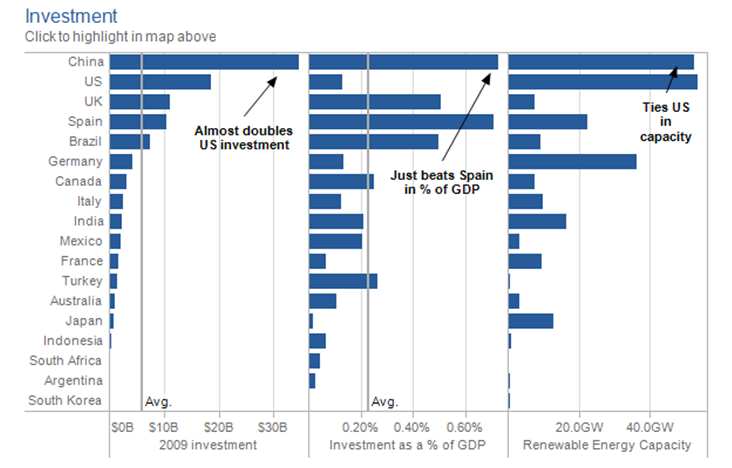Difference between revisions of "Bilateral Trade"
| Line 9: | Line 9: | ||
==Inhibitors:== | ==Inhibitors:== | ||
1. | 1. | ||
==Paradigms:== | ==Paradigms:== | ||
Revision as of 03:32, 10 September 2010
Description:
International trade plays several important roles in affecting a country's economy, society and policy.For example, it represents a significant share of GDP.
Industrialization, advanced transportation, globalization, multinational corporations, and outsourcing are all having a major impact on the international trade system. Increasing international trade is crucial to the continuance of globalization. Without international trade, nations would be limited to the goods and services produced within their own borders.[1]
Enablers:
1. International trade will never end since the natural resource is allocated in a unbalanced way.
2. Most of developed countries relay depend on international trade to reduce the GHG emission amount.
3. The economic booming of key developing countries, like China, are basic on the rapid international trade growth.
Inhibitors:
1.
